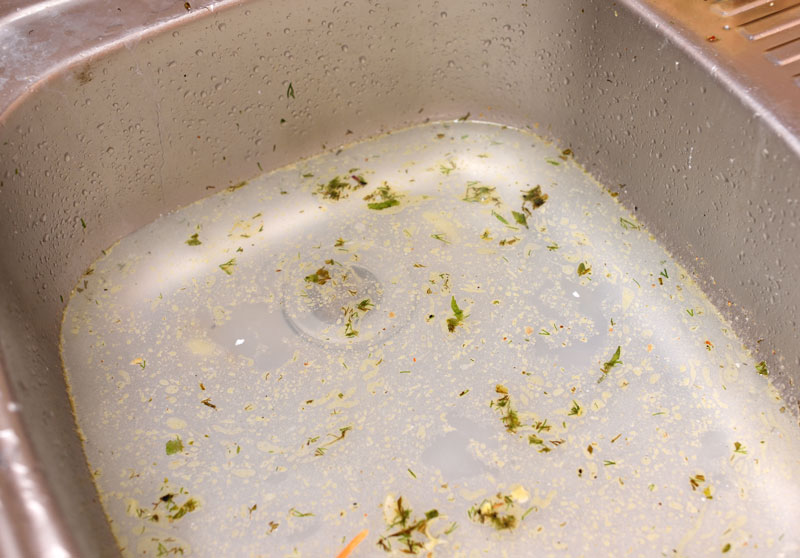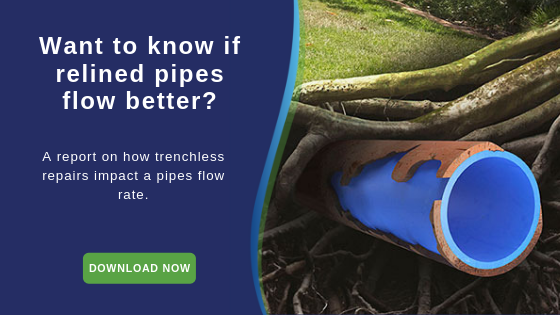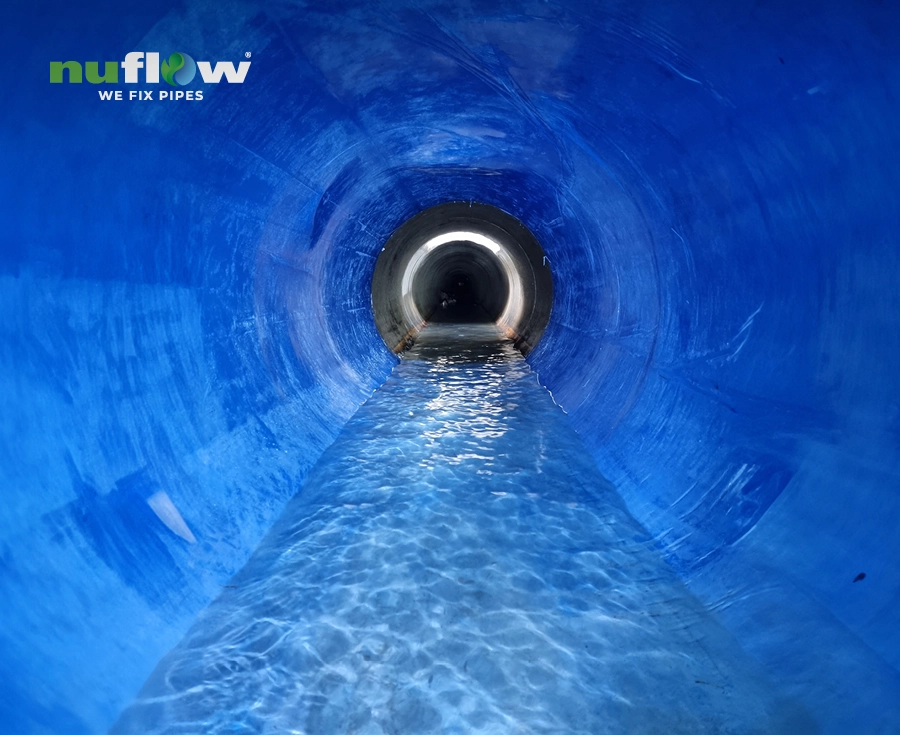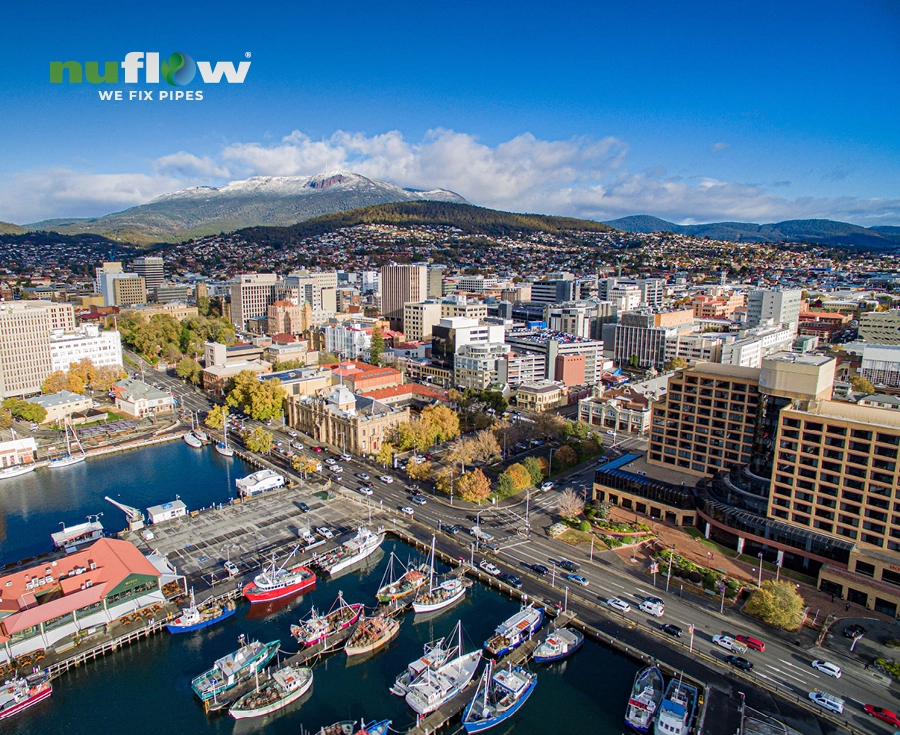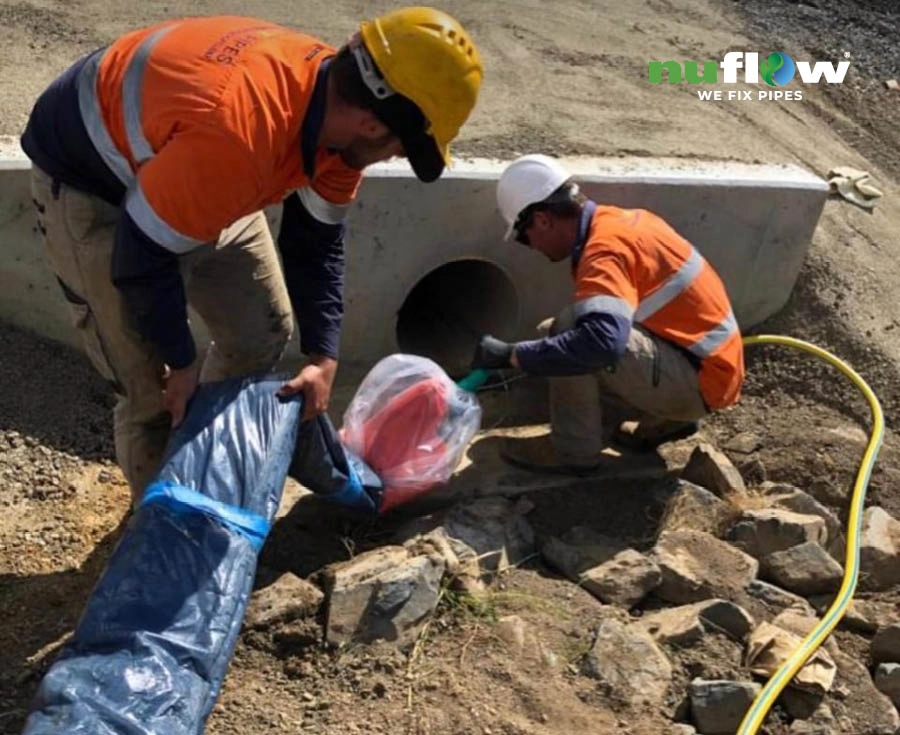“Please excuse the smell; it’s just my clogged kitchen pipes!”
I don’t know about you, but on the few occasions I’ve been left without water in the kitchen for some reason, my world seems to crumble.
It’s not just the fact that getting my morning cuppa requires a trip to the neighbour in my fluffy slippers or a drive to the shop (although that definitely gets the day off to a bad start), it’s the degree of planning and effort that has to go into the smallest aspects of the family’s food delivery regime until things are put right.
As they say, absence makes the heart grow fonder, and when blocked or clogged pipes mean fresh, running and draining water is absent from my kitchen, it becomes painfully obvious just how ‘fond’ of it I really am. From wiping the bench, to rinsing out cups before use to washing up dirty utensils; we rely on our kitchen taps, pipes and drains constantly throughout the day and without them, everything falls apart.
PROBLEMS WITH BLOCKED DRAINS
Blockages in kitchen drains are not only disruptive they can lead to persistent and costly problems including:
- growth of mould
- unpleasant odours
- pooling of stagnant water which attracts insects and pests
- water stains on ceilings and walls
- sewage backups and discharge on your property
- flooding
- broken or burst waste pipes in other sections of the system
- shifting of your home’s foundations.
So how do we do the right thing by these vitally important elements of a functioning kitchen?
For a start, we can make sure that what goes down the drain isn’t going to harm it, and secondly we can be aware of some of the warning signs that all may not be well down that little black hole in our shiny kitchen sink.
THE FOUR BEST WAYS TO IDENTIFY BLOCKAGES IN KITCHEN PIPES
In this second article in our Kitchen Pipe Health series, we’ve compiled a list of the most common signs of clogging or blocked kitchen pipes.
1. UNPLEASANT SMELL
Blockages in kitchen drains and pipes usually mean food or grease has built up, and as is the case with all organic matter, over time it will begin to decompose. This process, and the associated bacteria, tends to emit foul and unpleasant odours. The smell can actually become even worse when the tap is turned on; particularly the hot tap as food particles shift and soften and odours are brought back up the pipe as the steam rises. The bigger the blockage, the more foul the smell!
2. GURGLING SOUNDS IN THE DRAIN
Strange gurgling and gushing sounds in your kitchen drain pipes and plug holes are usually a sign of a blockage. The gurgling sound indicates there is trapped air in the drain, and it starts escaping when you run the water.
Water flow disruptions can also cause noises much like waves crashing against rocks, when the water rushing down your drain hits whatever is stuck and blocking the pipeline.
3. SLOW-DRAINING OF THE SINK
If water only seems to trickle down the plug hole when the tap is turned on, or it takes seemingly forever for the sink to empty when the plug is pulled out, you most likely have a blockage. Sink water should drain steadily and quickly, with no bubbles or back wash. A sink should drain water away efficiently, so a slow-draining sink is almost always a sign there’s a blockage. The blockage may be in the sink’s P-trap, somewhere in your kitchen waste pipe, or even further down the line in the main sewer.
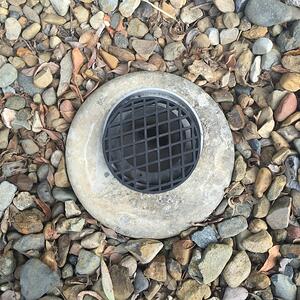
To check just how deep your troubles go, check how the water is draining in the bathroom basin, shower and bath. If it’s taking a long time to drain from these fixtures too, the blockage isn’t in the kitchen it’s on the main sewer line.
Check your grated drain outside (the overflow relief gully, or ORG, usually found near the laundry) as this will overflow sewerage if the main line is backed up. Other signs that the problem is around your sewer connections are fluctuations in pipe water pressure when you flush, and growth of very healthy plants and lawn around your sewer line.
Unfortunately, if your problem is this severe, you will most likely need a plumber to locate and remove the pipe blockage.
4. OVERFLOWS, DRIPS PUDDLES AND WET FLOORS OR KITCHEN CUPBOARDS
The top indicator that your pipes are broken, clogged or blocked in some way is when water won’t drain away properly, however excess water could also be leaking from somewhere further along the pipe. If there is pressure or a blockage preventing the pipe from draining as it should, it can force water out joins or cracks in the pipes which can leak behind walls, in ceilings, on the floor or into cupboards. When water can’t pass through your kitchen pipes as designed, it backflows and causes the water to rise up and escape where it can.
If any or all of these things are going on at your place, there’s a good chance that left unchecked, your kitchen’s vital water supply or waste removal systems will soon fail and/or other property damage will occur. This can mean not only inconvenience, but sometimes significant cost depending on what type of damage the blockage (or its removal) causes.
But with a bit of luck, you might still be able to avoid such costs and inconvenience by clearing the blockage yourself.
If you feel you may need a pipe inspection or relining would be a more cost-effective solution for you, contact Nuflow. If you’d like more technical information on relining, call a Nuflow technician on1800 335 766 (Australia) or 0800 168356 (New Zealand).

